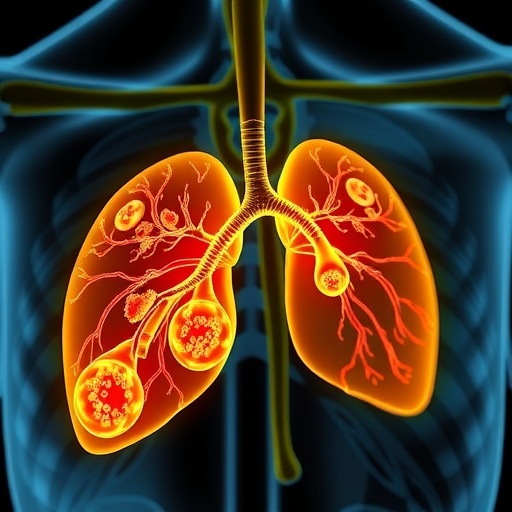Barclay Morrison, professor of biomedical engineering at Columbia Engineering, has won a $2 million five-year grant from the Paul G. Allen Family Foundation to study the underlying mechanisms of concussion. His award is part of a $9.25M multi-center research grant given to the lead organization, the University of Pennsylvania, for research on the cellular mechanisms of concussion and potential clinical interventions that could improve recovery.
"We don't know a lot about concussion," says Morrison, who is co-PI on this project with Steven Kernie, Pediatrics, Columbia University Medical Center. "Although concussion causes both acute and persisting neurocognitive dysfunction, the underlying cause has remained a mystery. This grant will enable us to examine both injury and recovery mechanisms in concussion to identify potential opportunities to help the brain repair itself. Working with our colleagues at UPenn, we will be able to provide better data and research to the scientific community and develop more effective methods of preventing and treating concussion."
Morrison, whose Neurotrauma and Repair Laboratory studies the biomechanics of traumatic brain injury and why brain cells die after a traumatic brain injury, notes that "concussion" is not actually a real diagnosis: "The term does not embody an underlying cause," he says." In more than 30 official definitions, "concussion" is described only by its symptoms."
His group proposes that the mechanism of concussion symptoms is the immediate disruption of the brain's network, that it is a truly distinct disorder of the brain's network layers across different scales, due to both mechanical and physiological changes. Similar to the loss of an electric grid across a city, in concussion a blackout (immediate loss of consciousness) or brownout (acting dazed and confused) results from loss of normal electric signaling across brain pathways. Either local networks in the brain lose the capacity to generate electric sparks to initiate communication across a pathway or their signals to other brain regions are rendered incoherent. Even so, most concussion patients have a full recovery within minutes to days after injury.
Morrison and his team think that the damage and disruption can be reversed in these cases, allowing for the restoration of electrical signaling and processing. However, for about 15-20 percent of concussed patients, symptoms such as slowing of information processing (feeling foggy) and memory difficulties can persist for weeks, months, or longer. While these patients may have permanent damage to brain pathways, many still demonstrate progressive recovery of brain function. The researchers hypothesize that, with these cases, the brain can gradually re-route signals around regions of damage.
The team is developing a parallel approach of in vivo, in vitro, and computational models of concussion to ascertain how a combination of mechanisms leads to injury and repair. By accurately mimicking the biomechanics of concussion across the models, the team will make corroborative comparisons along these multi-scale levels. They will examine concussion changes in preclinical models, in engineered mini-brains (micropatterned brain cell systems in a dish), and computer models of brain networks, to learn how dysfunction after concussion progresses from the molecular and cell level through the whole brain network towards recovery. Their measurements from the recovery of function at the single cell, circuit, vascular, and metabolic level will yield data for multi-layered network models of impairment and recovery.
Kernie notes, "This award acknowledges that while severe traumatic brain injury is a tremendous public health crisis for which we have little to offer in way of treatment, concussion is far more ubiquitous and represents the rest of the 'iceberg.' Only when we more fully understand basic aspects of how the brain reacts to concussive injury can we begin to develop meaningful interventions."
###
Media Contact
Holly Evarts
[email protected]
347-453-7408
@CUSEAS
http://www.engineering.columbia.edu/
############
Story Source: Materials provided by Scienmag




